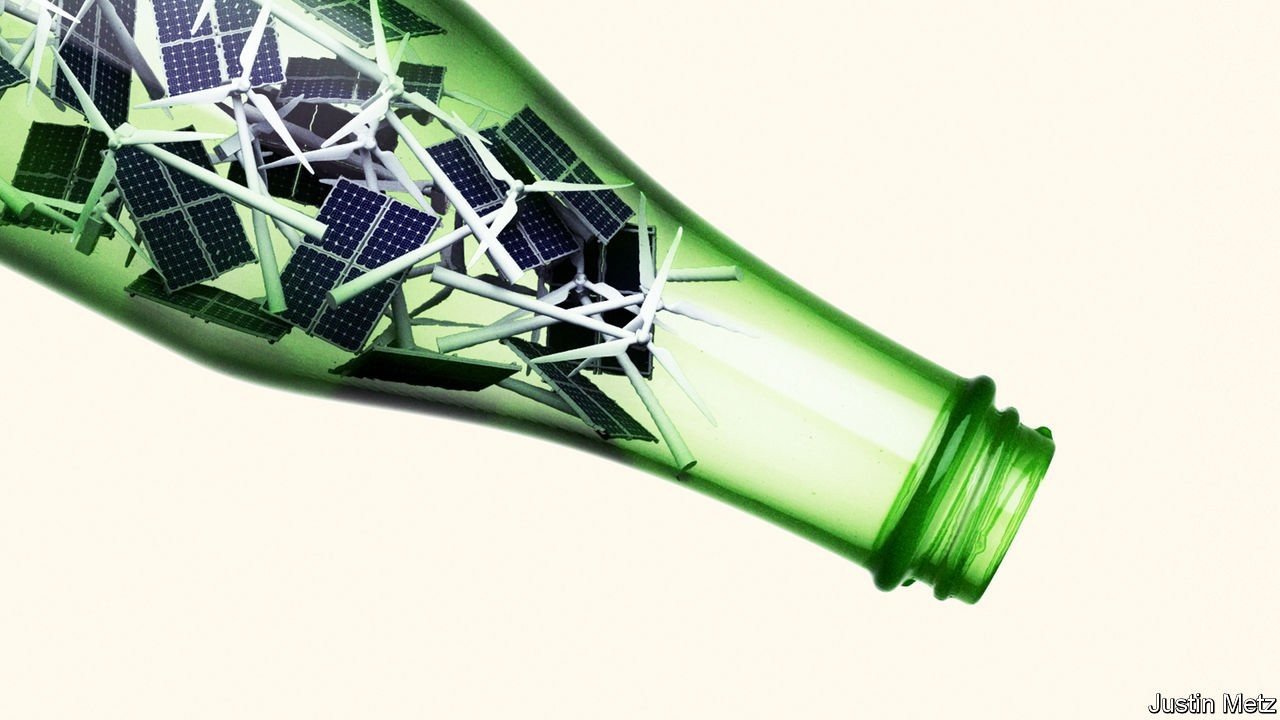Far from being transitory, these bottlenecks risk becoming a recurring feature of the world economy for years to come because the shift to a cleaner energy system is still only in its infancy.
Recently politicians have shown signs of more commitment: countries accounting for over 70% of world GDP and greenhouse gases now have targets for net-zero emissions, typically by 2050.
This sudden shift in how resources are allocated is causing stresses and strains as demand surges for raw materials and a scramble occurs for the few projects with regulatory approval.
But in other areas the brain work has largely been done—so the 2020s must be the decade of brawn, ramping up established technologies with massive capital spending.
To stay on track for net zero, by 2030 annual production of electric vehicles needs to be ten times higher than it was last year and the number of roadside charging stations 31 times bigger.
The system best equipped to deliver this is the network of cross-border supply chains and capital markets that has revolutionised the world since the 1990s.
The main reason for the investment shortfall is that it takes too long to get projects approved and their expected risk and returns are still too opaque.
There is a crucial role for an activist state in supporting the construction of key infrastructure, such as transmission lines, and in research and development.
The average global mining project takes 16 years to get approval; the typical wind project in America over a decade to get lease approvals and permits, which is one reason why its offshore-wind capacity is less than 1% of Europe’s.
But the key is the introduction of carbon prices which embed market signals into millions of everyday commercial decisions and give entrepreneurs and investors more visibility over a long-term horizon.
